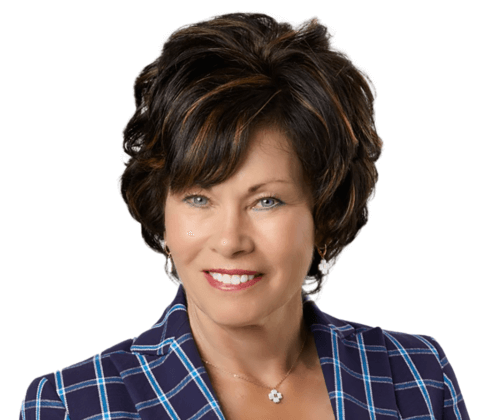Conservatives and NDP must attract more dynamic candidates and policies if they hope to challenge Trudeau
You could be forgiven for forgetting that two of Canada’s federal political parties are in the heat of leadership campaigns.
Exciting, competitive, closely fought leadership races can help bring opposition parties into the limelight, but this certainly is not happening for either the Conservative or New Democrats.
Eric Grenier’s popular poll aggregator blog, ThreeHundredEight.com, has the Liberal Party of Canada at 49.8 per cent in national polls. He forecasts this would translate into 275 seats in an election, or 81 per cent of the total seats in the House of Commons, leaving the Conservatives and New Democrats to battle it out for the remaining 19 per cent.
Of course, much of this can be attributed to Justin Trudeau’s fresh-faced leadership, the Liberal Party’s post-election honeymoon, and a forgiving electorate enjoying the government’s self-promoted ‘sunny ways.’ Moreover, much of the Canadian public’s attention is firmly focused on the clown show south of the 49th parallel.
Notwithstanding these distractions, the opposition parties are failing to capture the attention of Canadians. This failure has significantly weakened Canada’s political opposition.
With its poll numbers the way they are, the NDP could be lucky to win a handful of seats if an election were to be held today.
Both leadership contests are struggling from similar deficiencies — a dearth of well-known talent, a closed and exclusive electoral process, and a lack of substantive policy alternatives that challenge the status quo.
Much of the problem lies in the extended runway on which each leadership race is operating. The Conservative race is an 18-month slog, while the NDP’s is a 17-month marathon.
It is not easy to keep the attention of already distracted Canadian voters. They are likely recovering from political fatigue after the longest federal campaign in Canadian history. Further, it’s hard to draw attention to campaigns from which most Canadians are barred from participating.
So far, the race to replace Stephen Harper has failed to attract the star talent a leadership race of this magnitude would traditionally warrant. While six candidates have officially registered, none is a household name, and only one is fluent in both official languages. With Peter MacKay, Caroline Mulroney, and Brad Wall deciding to stay out of the race, it’s doubtful whether the campaign will come close to attracting the attention the Liberal Party and Trudeau had in 2013.
Meanwhile, the NDP, which will elect a new leader in October 2017, has not only failed to attract a single leadership hopeful but seen its best and brightest stars already rule out running, including Nathan Cullen, Megan Leslie, Rachel Notley and Avi Lewis.
In 2013, the Liberal Party of Canada took a risk and opened up its leadership race to what it called a ‘supporter’ class. This move to broaden its base allowed more than just card-carrying, fee-paying members to participate in the leadership contest. Nearly 300,000 Canadians signed up to choose the next Liberal Party leader. This not only drew attention to the race, it also helped add thousands of names to the party’s database, which were then used in 2015 to recruit volunteers and identify sympathetic voters.
The Conservatives and New Democrats have not opted to go this route. If attracting the interest of Canadians — and enough Canadians to win the next general election, as well as mining data, are central objectives in a leadership race, both the Conservative Party and NDP are failing.
Leadership races allow parties to benefit from big ideas and transformational policy alternatives. Suggestions, such as fully adopting the Leap Manifesto, instituting a national flat tax, or advocating for a Maritime Union — the proposed political union of the three Maritime provinces — are proposals that captivate audiences, draw attention, spur debate and lure supporters.
If neither the Conservative Party nor the NDP can use their leadership campaigns to drive the kind of attention that in turn drives a bump in the public opinion polls, Prime Minister Justin Trudeau will be even better positioned for a victory in the 2019 federal election.
There is, however, another side to the elongated timeline the parties have imposed on themselves: there is still time for party brass to re-evaluate and inject a shot of adrenalin into their leadership contests.
To the party that is best able to captivate Canadians, activate sympathetic voters outside its base, encourage well-known leadership aspirants, and successfully challenge candidates to propose concrete policy alternatives voters can rally behind, will go the prize. The poll position in the lead-up to 2019.
Jaime Watt is the executive chairman of Navigator Ltd. and a Conservative strategist.


